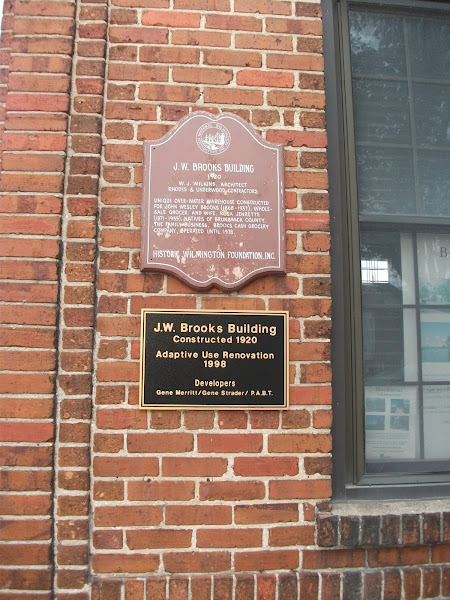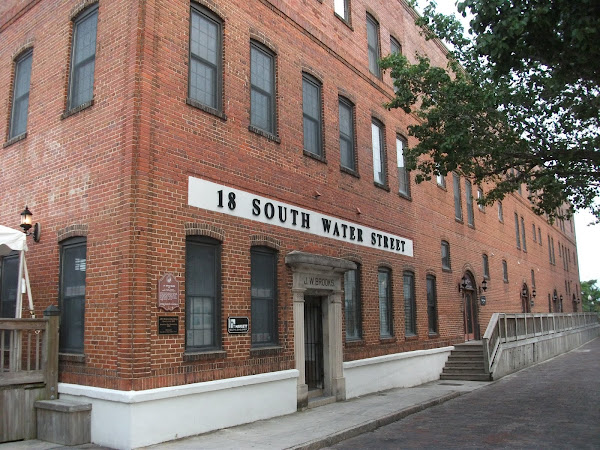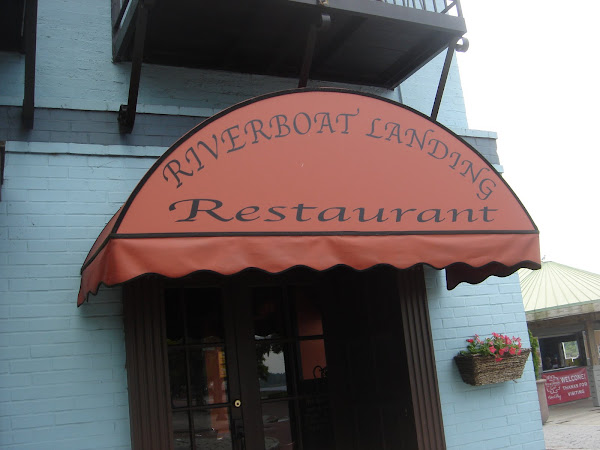The Kenan Fountain
Market Street & Fifth Avenue
An architectural gem, the Kenan Memorial Fountain was erected in 1921 in the middle of the large intersection of Fifth Avenue and Market Street. Wilmington native, William Rand Kenan, Jr., gave the fountain to the city to memorialize his parents, William Rand and Mary Hargrave Kenan. Carrere and Hastings of New York, a respected architectural firm that designed the New York Public Library, drew the plans for the fountain. It was made out of Indiana limestone and cost $43,000. The fountain was sculpted in New York, then dismantled and shipped to Wilmington where it was rebuilt.
When Mr. Kenan gave the fountain to the city most residents still walked or took a streetcar. However, some pessimistic citizens predicted that it would become a traffic hazard. Their forecast came true as the city grew and automobiles became a preferred mode of transportation.
Source: A Pictorial History of Wilmington by Anne Russell
Source: A Pictorial History of Wilmington by Anne Russell
To purchase the book please visit the Two Sisters Bookery @ the Cotton Exchange in Wilmington NC











